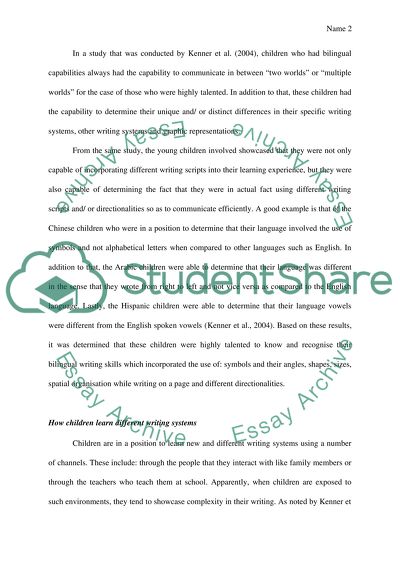Cite this document
(“How young children pay attention to directionality, shape, size, Essay”, n.d.)
How young children pay attention to directionality, shape, size, Essay. Retrieved from https://studentshare.org/english/1642167-how-young-children-pay-attention-to-directionality-shape-size-spatial-orientation-in-producing-different-writing-scripts
How young children pay attention to directionality, shape, size, Essay. Retrieved from https://studentshare.org/english/1642167-how-young-children-pay-attention-to-directionality-shape-size-spatial-orientation-in-producing-different-writing-scripts
(How Young Children Pay Attention to Directionality, Shape, Size, Essay)
How Young Children Pay Attention to Directionality, Shape, Size, Essay. https://studentshare.org/english/1642167-how-young-children-pay-attention-to-directionality-shape-size-spatial-orientation-in-producing-different-writing-scripts.
How Young Children Pay Attention to Directionality, Shape, Size, Essay. https://studentshare.org/english/1642167-how-young-children-pay-attention-to-directionality-shape-size-spatial-orientation-in-producing-different-writing-scripts.
“How Young Children Pay Attention to Directionality, Shape, Size, Essay”, n.d. https://studentshare.org/english/1642167-how-young-children-pay-attention-to-directionality-shape-size-spatial-orientation-in-producing-different-writing-scripts.


